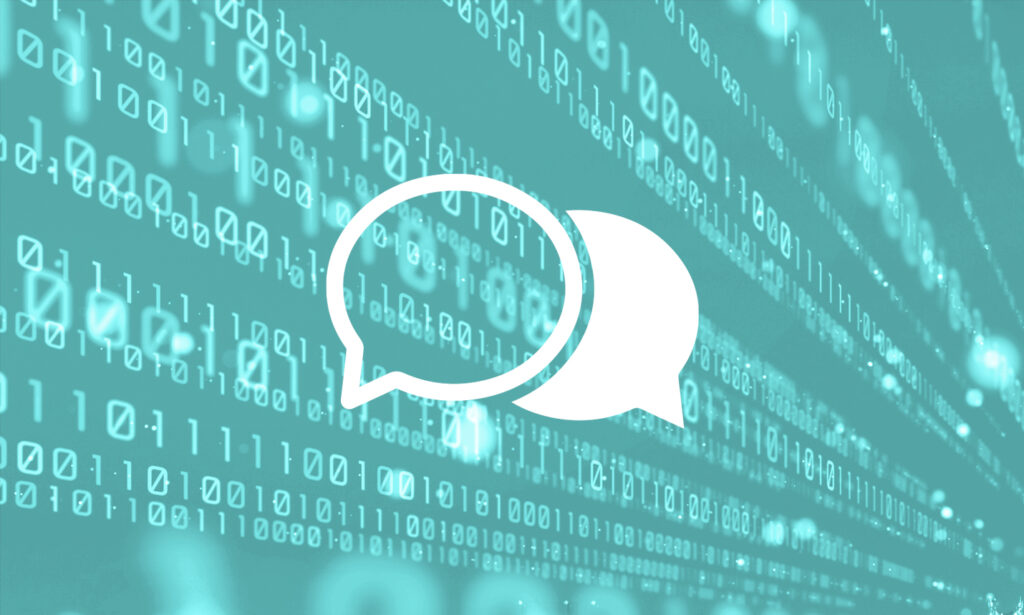When an important topic or trend gives rise to a marketing and media bandwagon, any previous semblance of clarity tends to evaporate. It becomes hard to distinguish between spin, sensationalism and genuinely objective information. Artificial intelligence (AI) has recently reached this point. How can we be sure? Well you know when something has achieved official bandwagon status when salesforce.com issues the inevitable press release declaring it has just brought it to the masses! The reality is that there is that there is a lot going on that we could put under the AI umbrella, but much of it is a continuation of trends that have been developing for quite a few years. The question when you delve into the specifics is at what point in its evolution a particular kind of activity crosses the line from familiar ’rules-based automation’ to become AI ’proper’ . Sadly, one obvious answer is when tech marketers want to jump onto that irresistible bandwagon, but if you look at it more objectively, the truth is that it’s probably not something we should get too hung up. This is because we are usually looking at a continuum of development. We took this view when we designed a recent research study to investigate the impact of ’Intelligent Systems’ on IT teams. We used that alternative term partly to get away from the hype, futurism, and preconceptions of what AI is about, and partly to shape the discussion in a way that allowed us to keep things relatively grounded. The findings are presented in our report entitled ’Intelligent Systems in Action’, which outlines three key aspects of AI for IT teams to think about if they are not doing so already: 1. The need to support the business as it makes use of intelligent systems to enable operational transformation and drive competitive advantage. Here we touch on a whole range of things from industrial automation, through intelligent marketing and customer engagement solutions, to expert assistants. Whether the IT team’s role here is proactive or supportive will depend on the situation, but either way it’s important to acquire and maintain a good handle on relevant technologies and techniques. 2. The need to be prepared for broader intelligent systems activity across markets, industries and in the consumer space. This will increasingly lead to an escalation of external traffic hitting your corporate network in new and different ways, generating a corresponding set of network, security and risk related challenges. Whether it’s consumer bots, intelligent automation implemented by customers, partners and suppliers in a B2B context, or hostile activity originating from competitors or cyber-criminals, you have to be ready. 3. The need to exploit intelligent systems within IT itself. Part of this is based on the principle of fighting fire with fire – or in this case countering other peoples’ AI with you own. The point here is that it will be impossible to protect the business and otherwise keep up with the escalation in externally-driven automation using traditional approaches. But there is also a great opportunity for intelligent systems to be exploited to enhance the performance of IT teams more generally, e.g. through automated provisioning, hands-off workload and resource management, and advanced analytics and advisory software to help you more effectively optimise and manage internal and cloud-based infrastructure. This study is clearly not the definitive work on AI – indeed anyone who claims to have produced such a thing would be kidding themselves given on the scope of activity and the rate of change in this space. However, if you are interested in a quick orientation on how to think about developments in AI from an IT team perspective, it’s certainly a good place to start. You can download your complimentary copy of the report here.
Dale is a co-founder of Freeform Dynamics, and today runs the company. As part of this, he oversees the organisation’s industry coverage and research agenda, which tracks technology trends and developments, along with IT-related buying behaviour among mainstream enterprises, SMBs and public sector organisations.





Have You Read This?
From Barcode Scanning to Smart Data Capture
Beyond the Barcode: Smart Data Capture
The Evolving Role of Converged Infrastructure in Modern IT
Evaluating the Potential of Hyper-Converged Storage
Kubernetes as an enterprise multi-cloud enabler
A CX perspective on the Contact Centre
Automation of SAP Master Data Management
Tackling the software skills crunch